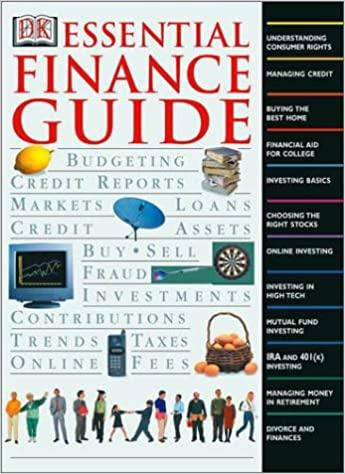Which of the following is most FALSE? When two projects of different size (of investment) are compared using ROE, the one with the higher ROE will add more dollar value to the firm than the other one If a manager's bonus depends on the company's ROE, and the manager wants to maximize his/her bonus, that manager will accept all projects whose ROE exceeds the average ROE he/she has already accomplished. A company should not strive to maximize its ROE. An equity analyst can use a company's projected EVA to estimate the company's stock's intrinsic value. Net income takes out the cost of interest expense, but does not take out the cost of equity. 5 points Which of the following is most FALSE? The S&P 500 Index is widely regarded as the standard for measuring the large-cap U.S. stock market performance. It is not market value weighted. Exchange Traded Funds (ETFs) buy a portfolio of stocks of a certain type (category), and then sell ETF shares of the mixture of the stocks combined. An efficient market is a market in which prices are close to intrinsic values and stocks seem to be in equilibrium. The NASDAQ Composite Index is generally regarded as an economic indicator of the high-tech industry and is market-value weighted. with just 10 stocks but currently has 30 stocks of leading companies. 00 000 Which of the following is most FALSE? When two projects of different size (of investment) are compared using ROE, the one with the higher ROE will add more dollar value to the firm than the other one If a manager's bonus depends on the company's ROE, and the manager wants to maximize his/her bonus, that manager will accept all projects whose ROE exceeds the average ROE he/she has already accomplished. A company should not strive to maximize its ROE. An equity analyst can use a company's projected EVA to estimate the company's stock's intrinsic value. Net income takes out the cost of interest expense, but does not take out the cost of equity. 5 points Which of the following is most FALSE? The S&P 500 Index is widely regarded as the standard for measuring the large-cap U.S. stock market performance. It is not market value weighted. Exchange Traded Funds (ETFs) buy a portfolio of stocks of a certain type (category), and then sell ETF shares of the mixture of the stocks combined. An efficient market is a market in which prices are close to intrinsic values and stocks seem to be in equilibrium. The NASDAQ Composite Index is generally regarded as an economic indicator of the high-tech industry and is market-value weighted. with just 10 stocks but currently has 30 stocks of leading companies. 00 000







